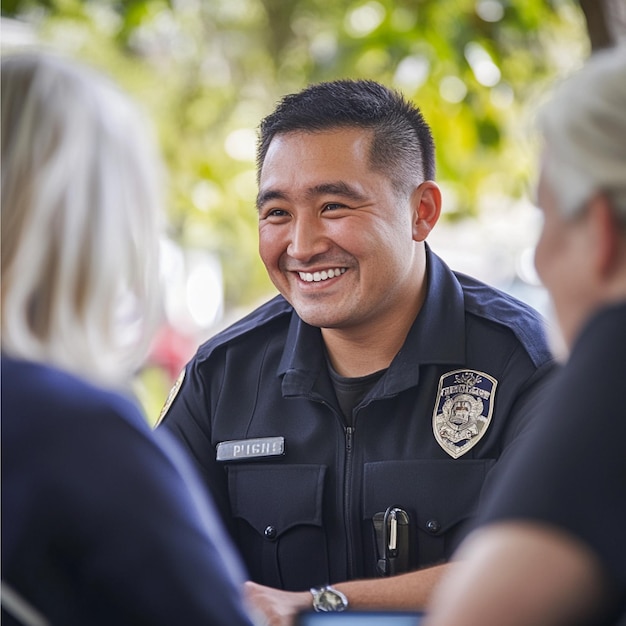Neighborhood watch programs are a crucial component of community safety, relying on the active participation of residents to monitor and report suspicious activity. However, the effectiveness of these programs depends on a clear understanding of community concerns and needs. This is where community surveys come into play.
Understanding Community Concerns
Community surveys are an invaluable tool for gathering insights into residents’ safety concerns, perceptions, and suggestions. By asking targeted questions, surveys can identify common issues, such as areas with high crime rates or specific safety concerns. This information allows police departments to focus their efforts on the most pressing issues and tailor their strategies to address the unique needs of the community.
Enhancing Program Effectiveness
Surveys provide valuable feedback on the effectiveness of existing neighborhood watch programs. Residents can share their experiences with current initiatives, offering insights into what is working well and what could be improved. This feedback helps police agencies make informed adjustments to enhance the program’s impact and ensure it meets the community’s expectations.
Fostering Collaboration and Trust
Engaging the community through surveys fosters a sense of collaboration and trust between residents and law enforcement. When community members see that their opinions are being sought and considered, they are more likely to feel invested in the success of the neighborhood watch program. This trust is essential for building a strong, supportive partnership between the police and the community.
Identifying Trends and Patterns
Surveys allow for the collection of data on various aspects of neighborhood safety, including trends and patterns. By analyzing survey results, police agencies can identify emerging issues, such as spikes in certain types of crime or changes in community concerns. This data-driven approach enables law enforcement to proactively address issues before they escalate.
Improving Communication
Surveys also provide an opportunity to assess and improve communication between police agencies and the community. Residents can offer feedback on how effectively they are being informed about neighborhood safety initiatives, crime prevention tips, and other relevant information. This feedback helps ensure that communication channels are clear, effective, and responsive to community needs.
Promoting Community Involvement
Community surveys can encourage greater involvement in neighborhood watch programs. By highlighting the importance of resident feedback and participation, surveys can motivate individuals to take an active role in their community’s safety efforts. This increased involvement can lead to a more engaged and proactive neighborhood watch program.
Conclusion
Incorporating community surveys into neighborhood watch programs strengthens their effectiveness by providing valuable insights into community concerns, enhancing program effectiveness, fostering trust, identifying trends, improving communication, and promoting involvement. By leveraging the power of surveys, police agencies can create more responsive, effective, and collaborative neighborhood watch initiatives that better serve their communities. Start using Officer Survey today and discover what your residents are saying.






